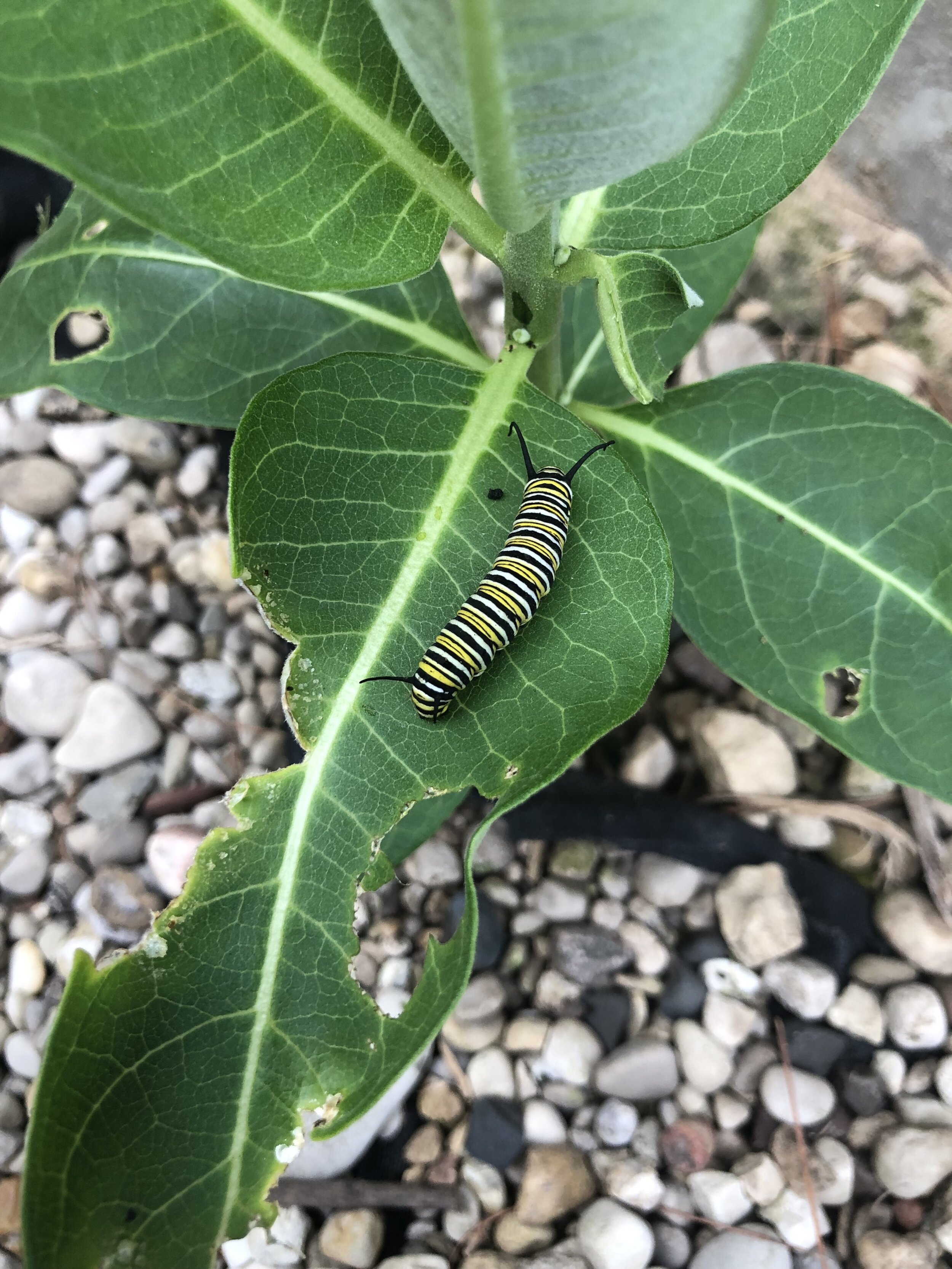Pollinators 101
You've probably heard a lot of hype about "saving bees." Bees are plastered on our billboards, pressed on our t-shirts and printed in our magazines. But the media rarely explain why bees need saving, how they should be saved and who should save them. In this post, I'll give you the DL on all things pollinator.
Why do bees matter?
Bees are pollinators, which means they transfer pollen from one part of plants to another. When bees transfer pollen to part of a plant's flower called the "stigma," this fertilizes the flower’s eggs to create seeds. The seeds can then spread (via wind or other animals), find their way into the ground and grow to create the next generation of plants. Without pollination, plants would simply die off without creating a new generation of plants.
Because of this, bees and other pollinators, like birds, bats, butterflies and other insects, play a huge role in plant life. Humans can pollinate plants by hand, but that would be a logistical nightmare. Bees and other pollinators do the work for free and they're super efficient. All pollinators are crucial for our current food system since more than 3/4 of our food comes from pollinator-dependent plants.
How are pollinators doing?
In short, not well. In particular, wild bee and butterfly populations are decreasing and becoming less diverse in many parts of the world. This trend is especially clear in North America and North-Western Europe. Recent European studies found that 9 percent of bee and butterfly species are threatened and that populations are declining for 37 percent of bee species and 31 percent of butterfly species. Regional studies across the U.S. and Europe also show that the diversity of both bees and pollinator-dependent plants has decreased over the last century, with some species (like Franklin's bumblebee) decreasing especially sharply over that time.
Bees that live in man-made beehives, aka managed beehive populations, have also been struggling recently. Although some bees always die during winter in managed hives, winter bee deaths and disappearances have increased by as much as 10-15% in some places. Hives that experience particularly heavy losses during winter are said to have "Colony Collapse Disorder" (CCD), meaning that not enough worker bees have survived the winter to keep the hive alive. Although CCD incidents have decreased since peaking in 2008, the United States Environmental Protection Agency (U.S. EPA) says that current levels of hive loss due to CCD are still concerning.
Why are pollinators struggling?
A variety of factors are contributing to both CCD and declining wild bee and pollinator populations. According to the Director-General of the Food and Agricultural Organization of the United Nations, José Graziano da Silva, "Bees are under great threat from the combined effects of climate change, intensive agriculture, pesticide use, biodiversity loss and pollution." Each of these threats contributes to increased stress on bees and makes it more difficult for them to pollinate and survive.
Climate change, habitat destruction and biodiversity loss increase pollinator stress by altering natural landscapes and ecosystems faster than pollinators can adapt. If bees and other pollinators cannot adapt to the changing temperature, climate, or species variety in their natural environments, it is much more difficult for them to live healthy and productive lives. Intensive agriculture, pesticide use and pollution also contribute to pollinator stress by bringing harmful substances into pollinators' natural environments. These pesticides and other pollutants can poison pollinators, making it more difficult for them to live long and healthy lives.
According to the U.S. EPA, managed hives are also facing increased stress from new diseases and invasive species, like the varroa mite, and potentially from hive mismanagement. In addition to the stressors that Graziano da Silva mentions, both increased invasive species and hive mismanagement are thought to be contributing to CDC. The combined stress of all these environmental factors are contributing to current decreases in pollinator populations.
In other words, managed beehives, wild bees, and other wild pollinators are being bombarded from all angles, with no single factor causing their downfall. Most of these threats will only get worse as climate change, biodiversity loss and habitat loss worsen and as industrial agriculture, pesticide use and pollution continue.
How can we help?
Since bees and other pollinators have so many factors working against them, we have to implement a wide variety of solutions to help our pollinators survive. On the most basic level, participating in local, regional and national politics to request more environmentally friendly policies can help mitigate climate change, decrease biodiversity loss and limit pollution. Voting, calling your representatives and sending letters to political leaders can all help create more sustainable policies and better conditions for pollinators.
You can also be more pollinator-friendly at home. Incorporating more native plants (and less grass!) in your yards and gardens can help pollinators get the resources they need, while avoiding pesticides can decrease threats to local pollinators. Living more sustainably by buying less, eating organically and locally and creating less waste can also help pollinators by improving our environment as a whole.

